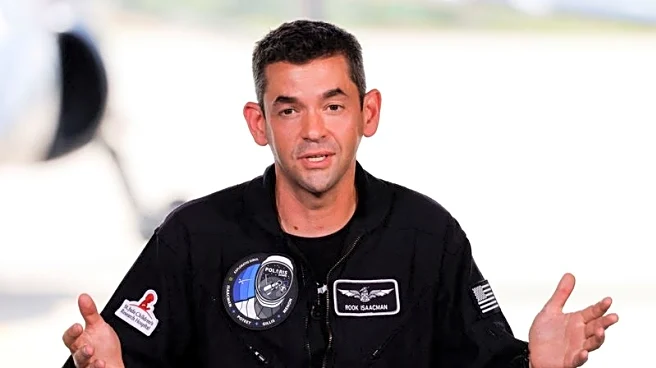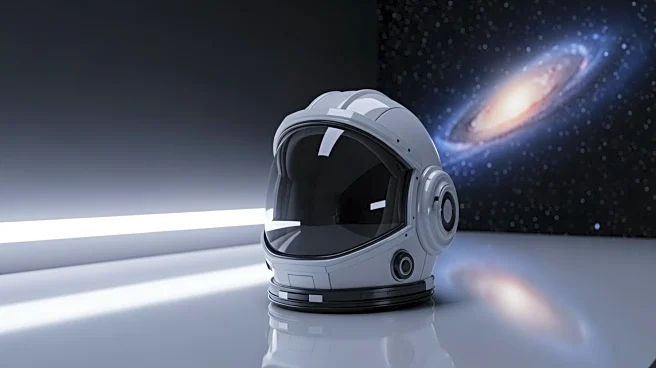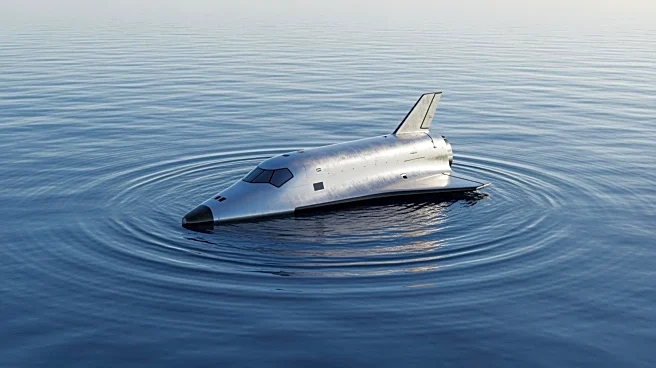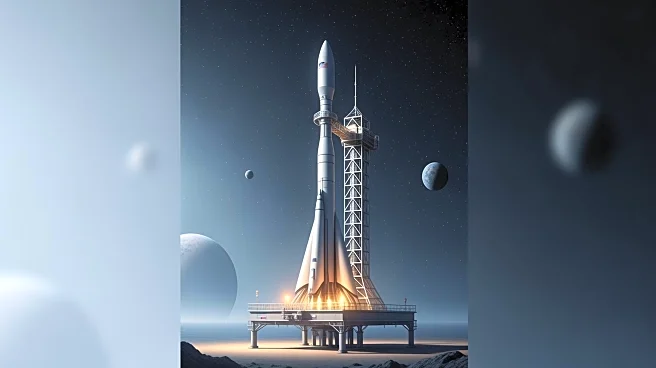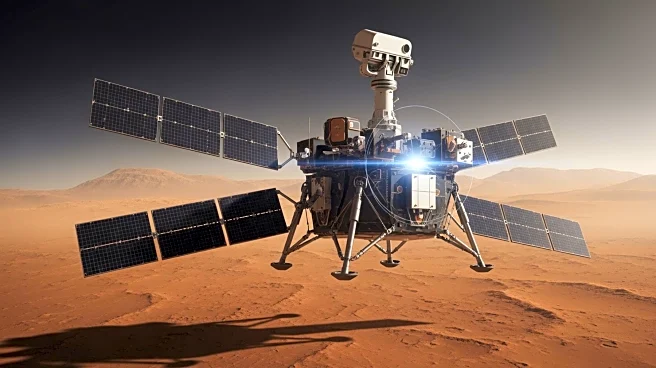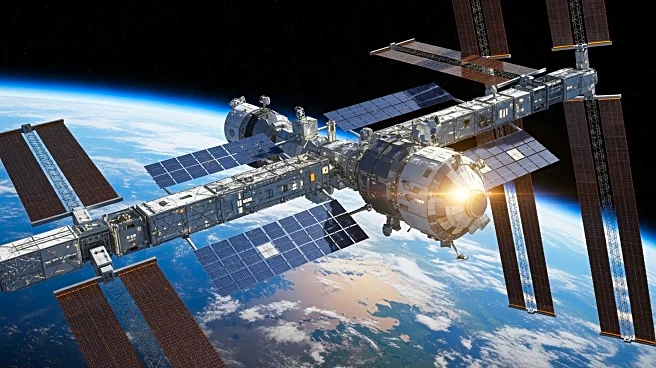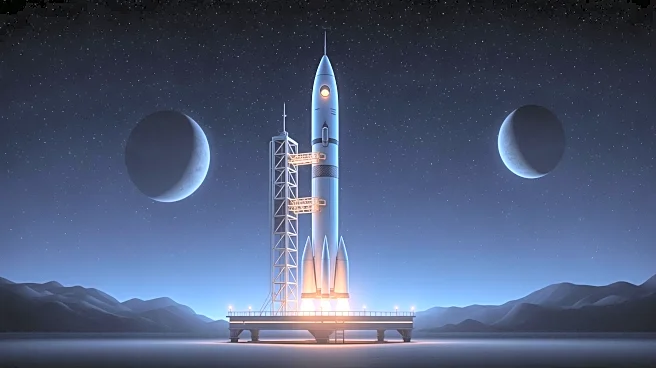What's Happening?
Chinese astronauts aboard the Tiangong space station have successfully used a newly delivered oven to prepare a space BBQ, marking a significant milestone in space culinary technology. The oven, which
functions similarly to an air fryer, was used by astronauts from the Shenzhou 20 and Shenzhou 21 missions to cook chicken wings in a microgravity environment. The oven is designed to operate without stressing the station's power grid and provides smokeless baking conditions, essential for maintaining life support systems and fire safety protocols in space. This development follows a similar achievement by NASA astronauts who baked cookies in space in 2019, although China's oven is a permanent fixture on Tiangong, certified for up to 500 uses.
Why It's Important?
The introduction of advanced cooking technology in space is crucial for improving the quality of life for astronauts during long missions. Providing hot meals can help maintain psychological well-being and morale, which are vital for the success of extended space missions. This innovation also demonstrates China's growing capabilities in space technology, potentially influencing future international collaborations and competition in space exploration. The ability to cook in space could pave the way for more sustainable living conditions on long-duration missions, such as those planned for Mars exploration.
What's Next?
The successful implementation of the oven on Tiangong may lead to further advancements in space culinary technology, potentially influencing the design of future space habitats. As China continues to expand its space program, similar innovations could be integrated into other missions, enhancing the living conditions for astronauts. Additionally, this development might encourage other space agencies to invest in similar technologies, fostering international cooperation in space exploration.
Beyond the Headlines
The integration of cooking technology in space raises questions about the future of space habitation and the potential for commercial space travel. As space missions become longer and more frequent, the need for sustainable living conditions will grow, potentially leading to innovations that could be applied to Earth-based technologies. This development also highlights the cultural aspect of space exploration, as astronauts seek to bring familiar comforts from home to space.


